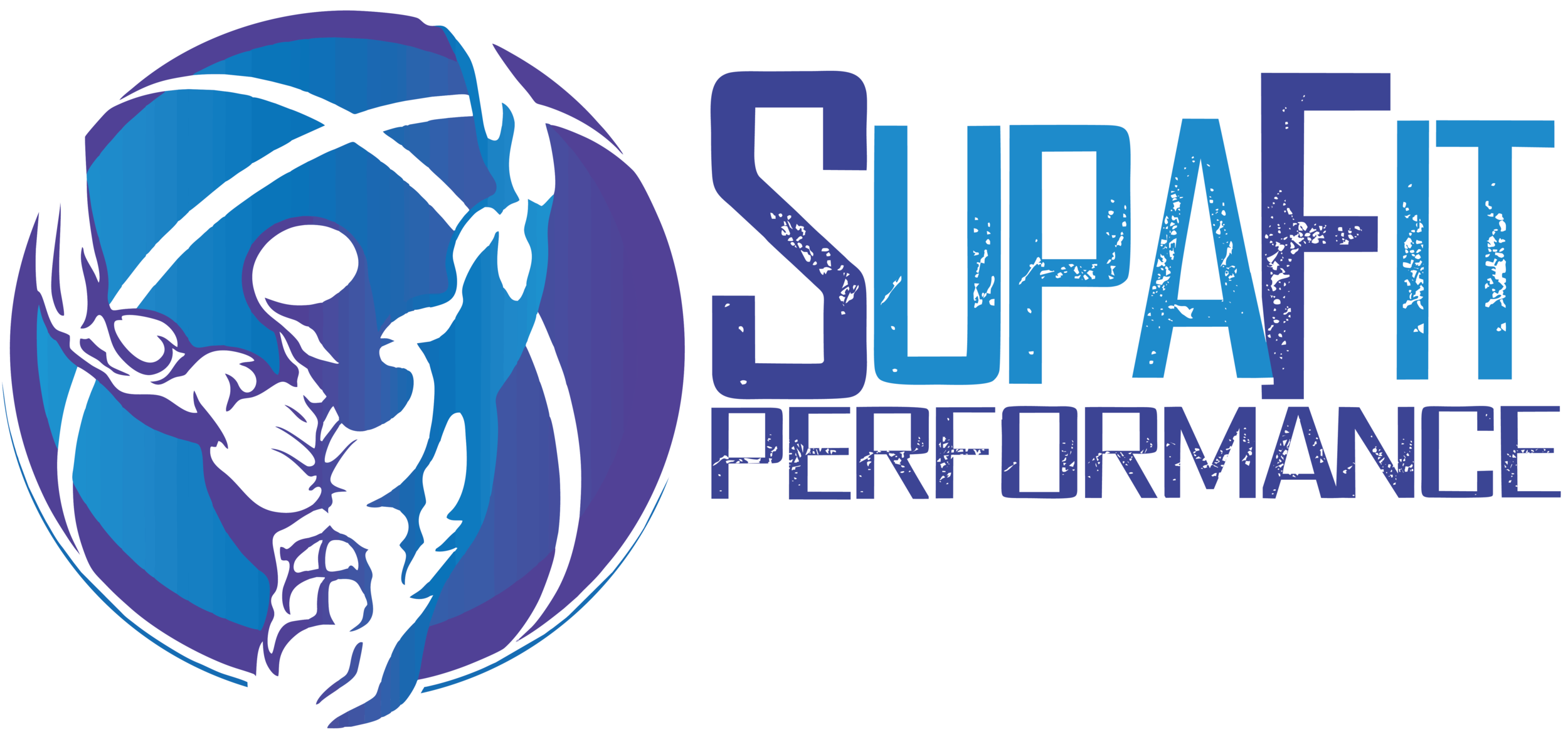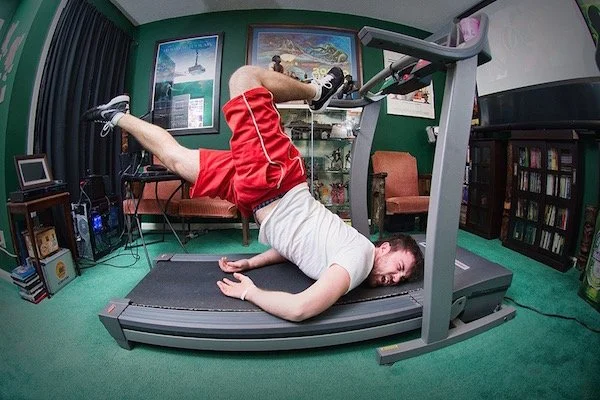Mobility for strength training?
By Coach Caroline
When I started strength training almost 25 years ago (yikes!) a ‘warm up’ meant 5 min going flat out on the cross trainer or banging out a 1km run on the treadmill.
Fast forward to 2022 and the warm up component of a strength program can be up to a third of the full session, with a focus on improving range of movement and prepping muscles before loading them.
What’s changed?
Well, doctors and health professionals such as physios and massage therapists have realised the importance of protecting our joints, preventing injury and getting the most of our training sessions with increased mobility. In addition, our lives are increasingly sedentary.
More people are working in offices or from home, we drive more, we sit more. This inactivity shortens and tightens our muscles as everything is ‘switched off’. This means that when we start exercising and we haven’t warmed up properly, we are more prone to injury.
Here are three important roles that dynamic mobility or dynamic stretching plays in your workout:
1. Decreased risk of injury:
If you partake in a combination of myofascial (trigger point) release, static stretching, dynamic stretching or PNF stretching (using resistance to increase range of motion), your muscles will relax and not hold as much tension. Over time this will lead to increased flexibility. When you do a weighted or unweighted movement, your muscles will be looser and better prepared for loading and you will be less prone to tears, strains and breaks.
2. Improved range of motion
We all know that the more you practice a movement or parts of a movement, the easier it will become. In dynamic mobility we take the muscles and joint through their full range of motion, which will improve how easily we do the movement and how far our muscles will stretch in that movement over time.
For example, a simple standing good morning should activate our core, warm up our hips, fire our glutes and lengthen our hamstrings. Once we have done a few reps of these, we may notice that our upper body lowers as our hamstrings lengthen to allow this. Over time, we may find that this dynamic movement, coupled with static stretching afterwards has given us more flexible hamstrings and we are able to safely increase the load while still taking this movement through its full range.
3. Efficiency of movement
Mobility allows us to improve the efficiency of all of our movements. Let’s take gymnastics and Crossfit as an example.
Many of the sport’s professionals have a gymnastics background. Gymnasts are so mobile in their joints and they have such great flexibility and core control that moving across to Crossfit is a natural progression. Crossfitters have such efficiency of movement, which allows them to load them or go for high rep ranges.
From a personal perspective, I have done yoga for many years now and it has definitely increased the efficiency of my movements. My squats are lower, my shoulders are more mobile and my hamstrings are more flexible. Movements that were previously laboured are now fluid, allowing me to build continuity and strength in each movement.
I could go on and on about the benefits of mobility but these three points alone are enough of an incentive to keep stretching, moving and trigger point releasing. I wish to continue to keep up with my very active seven year old as she skateboards, scoots and bike rides, and teach her how to hold a pose for more than 10 seconds!
Supafit Coach Caroline



